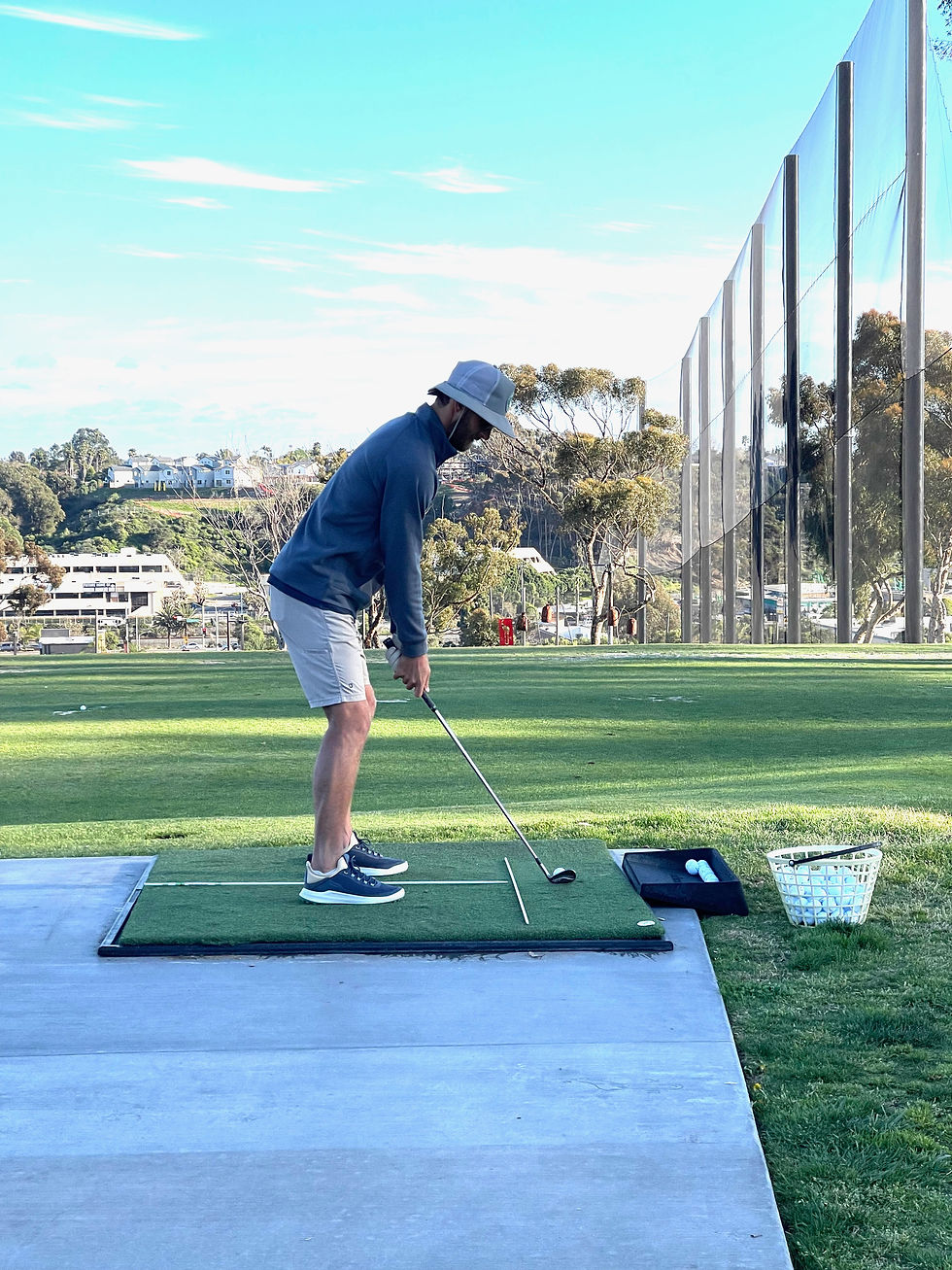Uncovering the Secrets to Mastering the Short Game in Golf
- will26414
- Nov 18, 2024
- 4 min read
In the world of golf, the short game often takes a backseat to long drives and impressive iron shots. However, the ability to chip and putt effectively can drastically change your score. It’s widely recognized that “Golf is a game of inches,” and mastering the short game allows you to leverage those inches to your advantage. If you want to lower your scores and boost your confidence, it’s time to focus on your short game.
The short game primarily includes putting, chipping, and pitching. By understanding the core skills and practicing specific techniques, you can elevate your performance and become a formidable player on the course.
The Importance of the Short Game
The short game is crucial because it operates around the greens, where a significant number of strokes are played. In fact, statistics show that over 50% of all strokes during a typical round occur within 100 yards of the hole. This means that improving your short game can have a substantial impact on your overall performance and scoring.
Furthermore, a strong short game builds confidence. When you're able to handle various lies and slopes effectively, your mental game strengthens, allowing you to manage pressure much better.
Understanding the Basics of Putting
Putting is often considered the heart of the short game. It blends technique, feel, and concentration, and getting it right can lower your score significantly.
Grip and Stance
Start by assessing your grip on the putter. A relaxed grip with a slight wrist hinge allows a fluid stroke. Your stance should be shoulder-width apart with your knees slightly bent. Position the ball just forward of center for a natural swing.
The Stroke
Your putting stroke should resemble a smooth pendulum motion. Keep your head steady to ensure accuracy. Use your shoulders to initiate the movement rather than the hands, promoting consistency in your stroke.

Reading the Greens
Reading greens is an essential, yet often overlooked, skill. Slope, grain, and surface conditions can all affect the ball's path. For example, a significant right-to-left slope could lead to a three-foot putt breaking several inches. Observing the cup from different angles and noting other players' footmarks can provide valuable insights into how the ball might break.
The Art of Chipping
Chipping involves delicate shots taken from just off the green, typically within 30 yards. The goal is to get the ball on the green and roll it toward the hole, setting up an easier putt.
Choosing the Right Club
Selecting the right club can drastically change your shot. A higher-lofted club creates a softer landing for short distances, whereas a lower-lofted club rolls further. Spend time practicing with different clubs around the green to understand their unique characteristics.
Chipping Technique
For effective chipping, position the ball toward the back of your stance to ensure a downward strike. This technique promotes a clean shot that helps the ball climb onto the green before rolling toward your target. Engage your core while maintaining firm wrists, and let your shoulders dictate the motion to keep it simple.
Mastering Pitching
Pitching is slightly more advanced than chipping, requiring a distinct swing path and more loft. These shots are usually played from greater distances, aiming to get the ball airborne quickly and land it softly on the green.
Using the Right Technique
Position the ball in the center of your stance with a slightly open clubface for better contact. Unlike chipping, you’ll want to hinge your wrists during the takeaway to help elevate the ball. A reliable pitch shot involves maintaining a steady tempo, which leads to more consistent results.
The Follow-Through
A strong follow-through is essential for a successful pitch. Ensure that your clubhead finishes higher than your hands, signifying that you have fully committed to the shot. This approach enhances both your confidence and the consistency of your play.
The Mental Game of the Short Game
The mental aspect of golf is just as important as the physical. Staying calm and focused can be the deciding factor in sinking critical putts or missing the mark.
Visualization Techniques
Before every shot, take a moment to visualize the path of the ball. Picture it rolling smoothly toward the hole with the right speed and break. This practice can reinforce your expectations and enhance your performance.
Practice Mindfulness
Keeping a clear mind free from distractions is vital. Focus on your breathing before each stroke to minimize anxiety. Mindfulness practice can significantly boost your performance, especially in high-pressure situations.
Building a Consistent Short Game Practice Regimen
Improving your short game requires discipline and regular practice. Here are some strategies to incorporate into your routine:
Set Specific Goals: Identify your focus areas, such as long-distance putting or chipping from various lies.
Utilize Short Game Drills: Engage in drills that enhance accuracy. For example, use target practice to aim at different holes and try landing the ball within three feet.
Wrapping Up Your Short Game Journey
Mastering the short game in golf is a detailed journey filled with learning and improvement. The techniques and strategies outlined in this guide can transform an average player into a skilled one, making every round more enjoyable and rewarding.
Through focused practice and a commitment to growth, anyone can boost their short game. Embrace the challenges and celebrate your progress; you'll find that your short game can become one of your greatest strengths on the golf course. Enjoy the journey and keep striving for excellence!




Comments